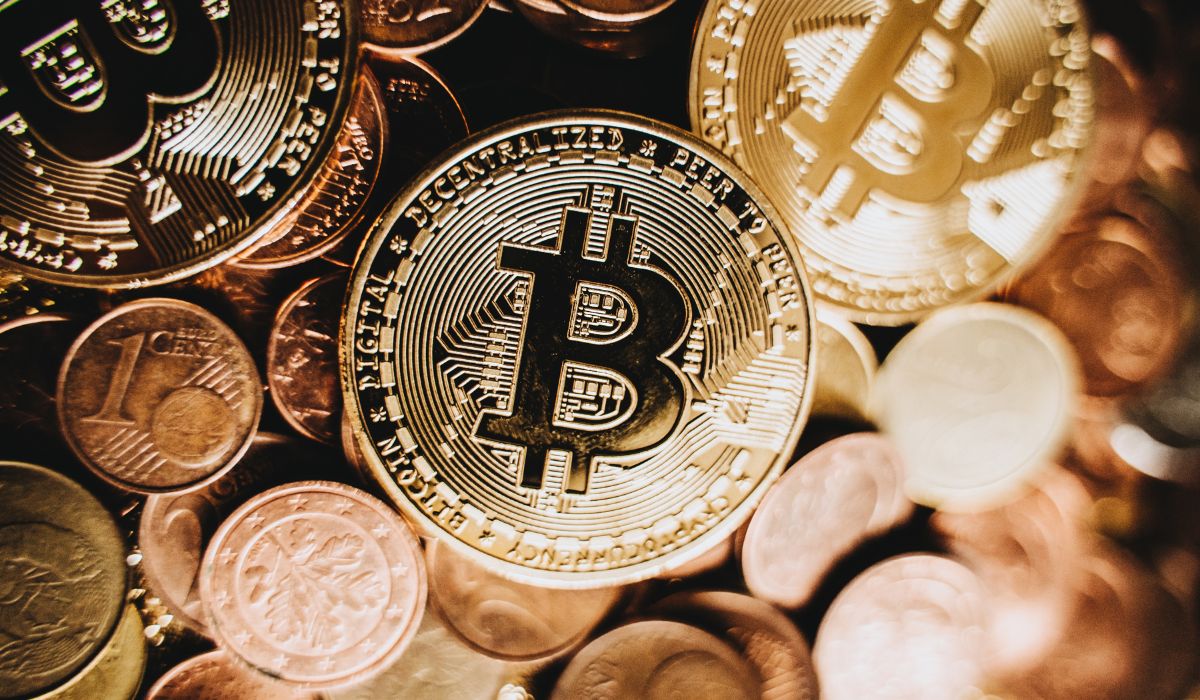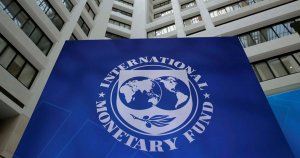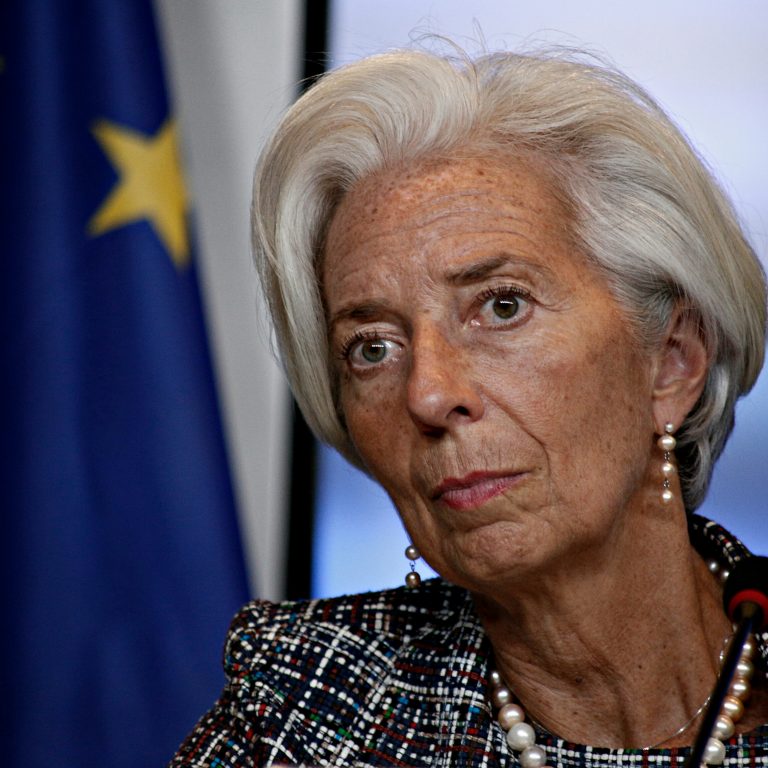2019-9-12 16:22 |
Coinspeaker
China’s Digital Currency and Libra to Bring Significant Benefits for Financial Inclusion and Blockchain Tech
Zhou Xiaochuan, former governor of the People’s Bank of China (PBoC), gave a speech related to cryptocurrencies at the 10th-anniversary celebration of Senior Finance at the Shanghai Jiaotong University. During this speech, he mentioned that the Central Bank was about to issue a legal digital currency and more than one month after the announcement of this Digital Currency/Electronics Payment (DC/EP), news spread quite wildly.
Recently, Mu Changchun, the Deputy Director of Payments and Settlement Department of the People’s Bank of China, was appointed as the new director of Digital Currency Research Institute of the Central Bank, replacing Yao Qian. Changchun began a class titled “Libra and Digital Currency Outlook: Frontiers of Science, Technology and Finance” and started the class from Facebook’s Libra and its specifics, before transitioning to the Central Bank’s DC/EP, demystifying the project to the public.
The “Libra and Digital Currency Outlook: Frontiers of Science and Technology and Finance” ran eight lectures which are about an hour and a half each. During the course, Changchun specifically mentions that the “Libra can be regarded as a potential world-class currency change, but if this change is not handled properly, it is likely to be a huge hidden danger.”
Changchun also further mentioned that it would extremely difficult for the Libra to achieve currency stability as well as inclusive finance. According to him, it could possibly happen in a few countries but will not be widely accepted by all authorities.
The course, even though approached from the Libra point of view, is really an effort to interpret the Central Bank’s DC/EP. It explains that the DC/EP does not require that individuals use any bank accounts and will also allow both offline and online payments and collections. Furthermore, the currency is legally binding and recognized and no one within the range of RMB issuance can turn down any DC/EP transactions.
The course also confirms that the DC/EP will not be powered by blockchain technology especially at the central bank level and also, commercial institutions will not have any power to preset payment channels. However, in order to meet up with high concurrency requirements as well as scalability at the retail levels, commercial institutions could likely adopt blockchain technology.
Regardless, it would be largely impossible for the Central Bank to control all user data and all financial transactions carried out throughout the country so in spite of the DC/EP, commercial banks are still expected to go on with their normal functions.
From Mu Changchun’s course, it is not difficult to read the strategic goals of the Libra and the Central Bank DC/EP. The Libra attempts to become a global digital currency through its own social network of 2.7 billion users, and this would probably strengthen the position and role of the dollar worldwide.
On the other hand, the Central Bank’s DC/EP is led by the PBoC to issue statutory and unlimited legal currency which will be officially endorsed and promoted by the nation. This will ultimately consolidate the status of the RMB in the country but also possibly strengthen its influence in the international space. From the perspective of a macro-strategic layout, one has greater ambition while the other has a more forward-looking, proactive and preventive nature.
So, how will Libra and the Central Bank’s legal digital currency affect the blockchain industry?
AOFEX exchange believes that due to increasingly fierce competition especially with the entry of traditional internet platforms such as Facebook and other financial giants like the recently authorized Bakkt, the blockchain industry will gradually move from chaos to order.
Ultimately, the industry will learn a thing or two from other traditional but largely experienced and mature industries and will use this knowledge to improve several aspects of its trade including target positioning, innovative technology and others.
Furthermore, many countries are evidently paying attention and continuously introducing regulatory policies for their respective blockchain industries and projects with official backings and compliance. This will very likely become an important threshold for the blockchain industry in the near future.
AOFEX, for example, is a well-known security digital currency exchange which has played an active role in the fields of transaction security, anti-fraud, international anti-money laundering and anti-terrorist financing.
It has not only established a special anti-money laundering group, but also reached strategic cooperation with Slow Fog Technology, a blockchain security expert. It has also further strengthened its position regarding traditional bank security risk control systems.
Since its inception, the AOFEX exchange has introduced a series of anti-money laundering (AML) safeguard measures. In line with new policies to be issued by the international intergovernmental financial action task force (FATF), it has taken the lead in implementing anti-money laundering Know Your Customer (KYC) and large transaction analysis, and through these methods, has successfully identified a number of accounts suspected to be involved in money laundering.
China’s Digital Currency and Libra to Bring Significant Benefits for Financial Inclusion and Blockchain Tech
origin »Digital Rupees (DRS) íà Currencies.ru
|
|




















